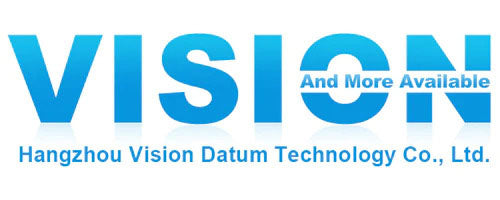Introduction
1.What is near-infrared imaging and how do near-infrared cameras work?
Near-infrared imaging has unique sensitivity characteristics that can project distant objects with a clear view, making it particularly useful in night vision applications. Go behind the scenes of near-infrared imaging and learn about the role of near-infrared cameras in embedded vision applications. NIR (Near Infrared) is a part of the electromagnetic spectrum that is invisible to the naked eye. With the intense infrared beam between 650nm and 950nm, any object can be visualized with high precision. NIR response is not color dependent and can be easily interpreted by human observers
2. How is NIR imaging achieved?
The term "near infrared" (NIR) refers to the region of the electromagnetic spectrum immediately adjacent to the visible spectrum. Therefore, it is not perceptible to the human eye. Therefore, near-infrared cameras are used in applications requiring this wavelength range
Working Principle
High-resolution near-infrared cameras take photos over a wide area. With high QE (quantum efficiency) you can extract high-quality images in a short time. Using RGB color filters, color palette selection is even simpler. You should also check exposure compensation and aspect ratio to get distortion-free images. You can get crystal clear images even in RAW images with the best IR filters.
These near infrared camera are widely available in the market and can be customized to meet your unique application or business needs. For example, the Mars1300-75gm-NIR is one of our best-selling cameras recently, with excellent near-infrared performance for night vision and low-light vision applications.
Mars1300-75gm-NIR: perfectly matched with near-infrared imaging:
Vision Datum has been focusing on machine vision equipment, with about 15 years of machine vision experience and expertise; providing solutions to more than 500 industrial companies; Mars1300-75gm-NIR is a model that customers have frequently inquired about recently, using the onsemi PYTHON 1300 chip. The sensor supports low-noise "pipeline" and "triggered" global shutter read modes and programmable gain amplifiers and 10-bit A/D converters. At the same time, we provide support for the standard GigE vision protocol, are compatible with various third-party machine vision software, and can be installed in a small space with a compact design; finally, we adapt to the application needs of each band and provide various lenses and filters simultaneously.
Application
- Silica ingot impurity detection
- Photovoltaic chip crack detection
- Biology fluorescence imaging
- Foreign body recognition
- Semiconductor detection
Comparison of InGaAs sensor and CMOS sensor
- InGaAs sensor: InGaAs is a semiconductor material with high sensitivity to near-infrared light. This kind of camera can achieve high sensitivity and stable operation in the near-infrared region, but the cost of the chip is relatively expensive
- CMOS sensor: CMOS is a technology widely used in image sensors that uses complementary metal-oxide semiconductors to create electronic components. CMOS chips can work in the visible and near-infrared light ranges. The advantages of CMOS chips include low power consumption, high speed and high integration. In addition, compared to InGaAs chips, CMOS chips can meet near-infrared applications on the market at low cost.
Overall
Importance and Development Prospects
Near infrared camera has important applications in many fields. For example, near-infrared cameras have been practically used in industrial production, fruit and vegetable sorting, automotive industry, lidar technology and other fields.
Regarding the development prospects after 2024, according to market research, the infrared sensor market is expected to reach US$770 million in 2023, growing at a compound annual growth rate of 12.97%, reaching US$1.42 billion by 20283. In addition, the infrared detector market size is expected to reach US$3.82 billion in 2032, with a compound annual growth rate of 13.2%4. These data indicate that there is a promising market for near-infrared cameras and related technologies.

